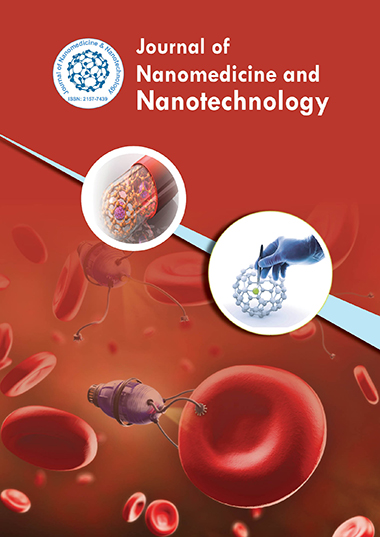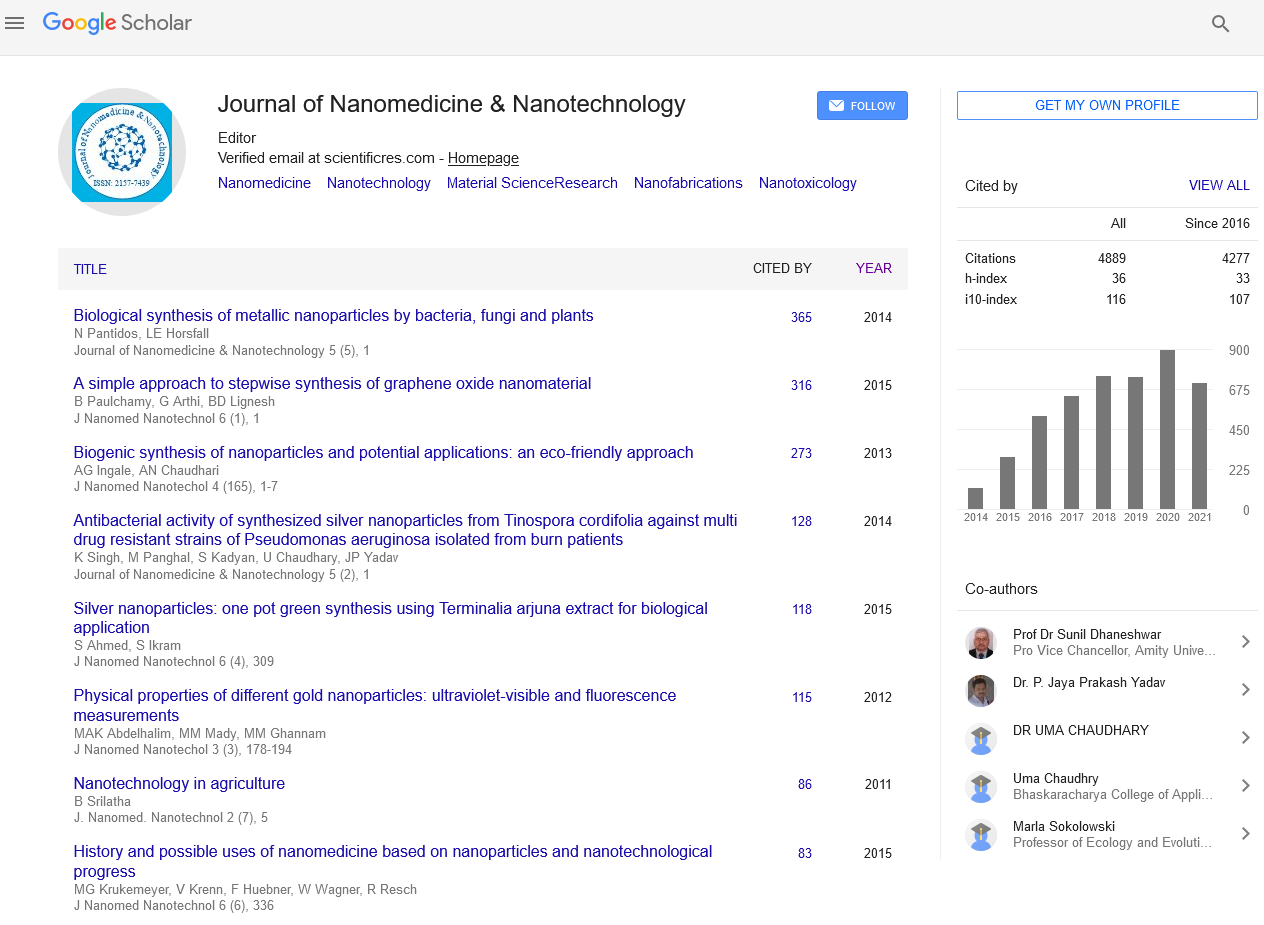Indexed In
- Open J Gate
- Genamics JournalSeek
- Academic Keys
- JournalTOCs
- ResearchBible
- China National Knowledge Infrastructure (CNKI)
- Scimago
- Ulrich's Periodicals Directory
- Electronic Journals Library
- RefSeek
- Hamdard University
- EBSCO A-Z
- OCLC- WorldCat
- SWB online catalog
- Virtual Library of Biology (vifabio)
- Publons
- MIAR
- Scientific Indexing Services (SIS)
- Euro Pub
- Google Scholar
Useful Links
Share This Page
Journal Flyer

Open Access Journals
- Agri and Aquaculture
- Biochemistry
- Bioinformatics & Systems Biology
- Business & Management
- Chemistry
- Clinical Sciences
- Engineering
- Food & Nutrition
- General Science
- Genetics & Molecular Biology
- Immunology & Microbiology
- Medical Sciences
- Neuroscience & Psychology
- Nursing & Health Care
- Pharmaceutical Sciences
Abstract
Quantum Dot-Based Imaging and Biosensing for Early Detection of Neurodegenerative Diseases
Neurodegenerative diseases, including Alzheimer's disease (AD), Parkinson's disease (PD), and Huntington's disease (HD), represent a growing challenge for modern medicine, with early diagnosis playing a crucial role in effective treatment and management. Quantum dots (QDs), semiconductor nanocrystals with unique optical properties, have emerged as powerful tools in imaging and biosensing applications due to their high brightness, photostability, and tunable emission spectra. In particular, QD-based imaging techniques hold significant promise for early detection of neurodegenerative diseases by enabling high-resolution imaging of cellular and molecular processes at the early stages of disease progression. Additionally, QDs can be functionalized with biomolecules such as antibodies or peptides for the specific targeting of biomarkers associated with these diseases, facilitating highly sensitive and selective detection. This review explores the advancements in QD-based imaging and biosensing strategies for the early detection of neurodegenerative diseases, focusing on their application in biomarker detection, imaging of brain tissue, and potential for non-invasive diagnostics. The challenges, limitations, and future directions for QD-based technologies in the context of neurodegenerative diseases are also discussed
Published Date: 2024-11-30; Received Date: 2024-11-02


